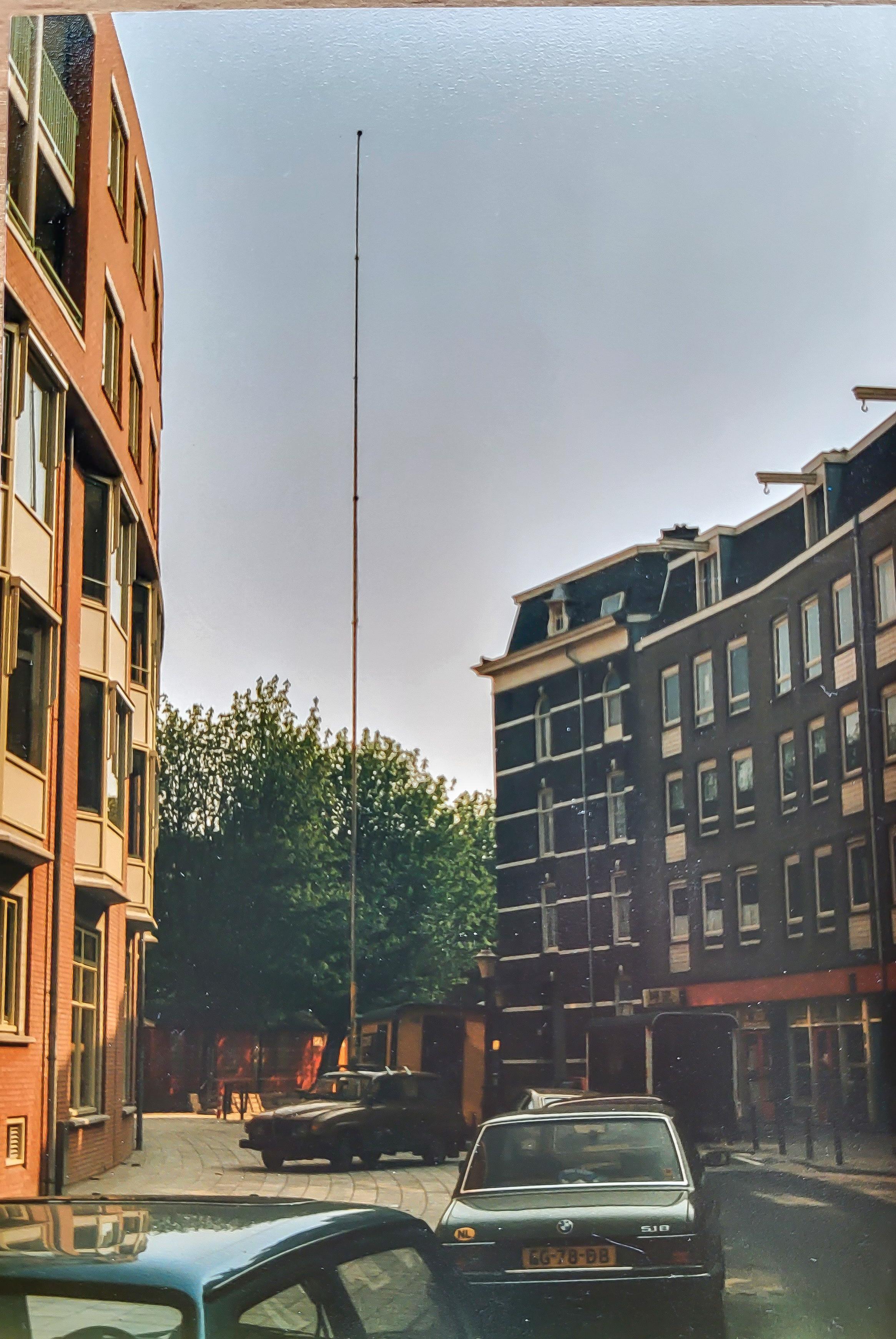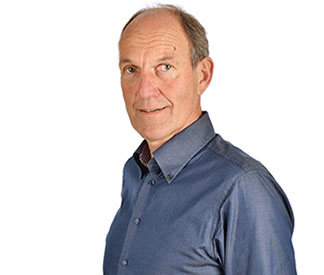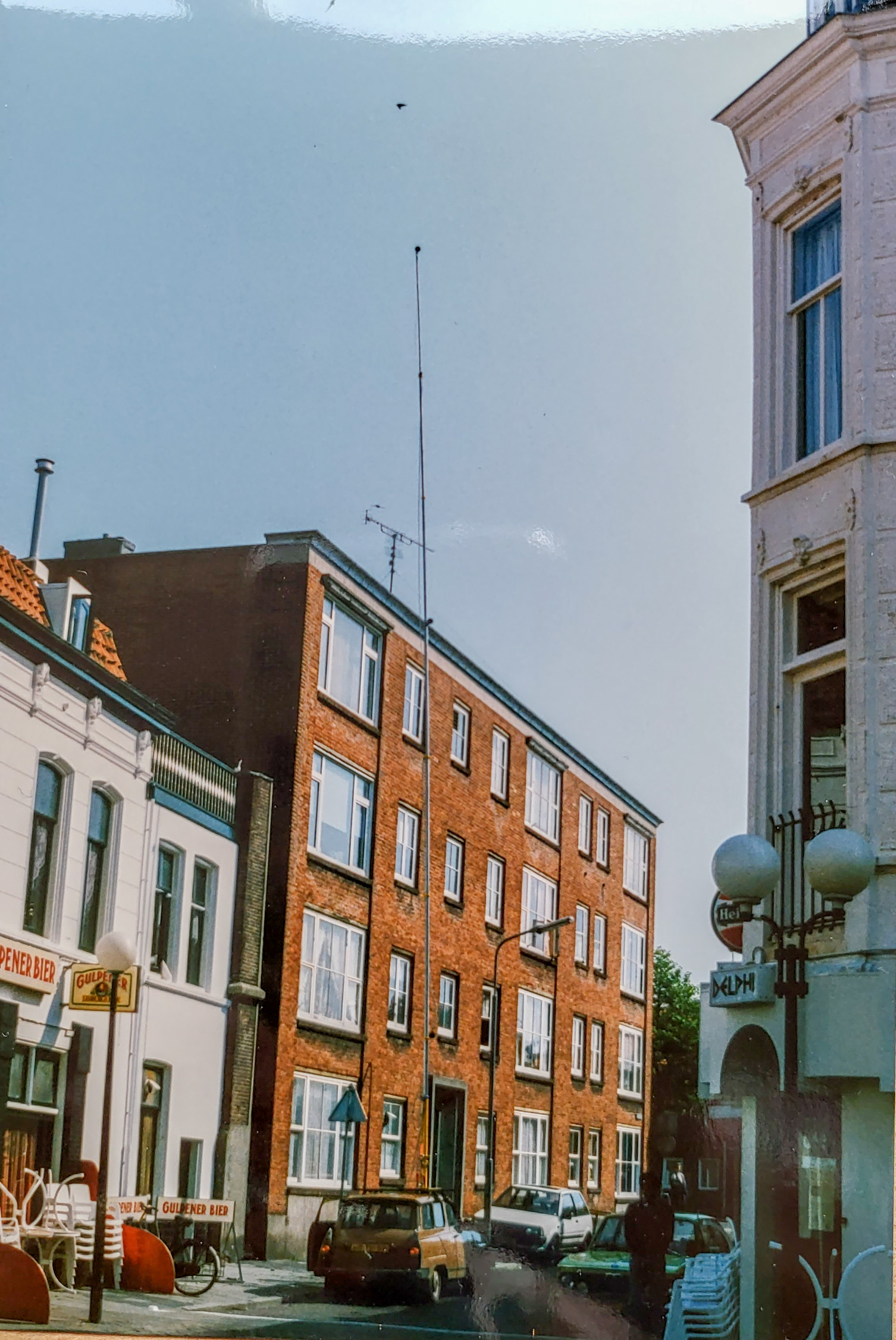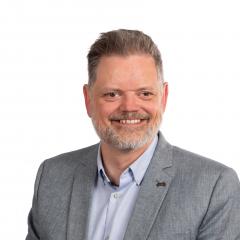
Een zondagochtend in Amsterdam
Sometimes you have to get creative in order to achieve your goals. Gijsjan van Blokland, former managing director and senior consultant at M+P, agrees. With a healthy dose of creativity, practical thinking and a classic Saab, he measured the Sunday morning sounds of Amsterdam 35 years ago. 'To explore sound in the broadest sense, we did cause some nuisance locally.'

It is 1987, Sunday morning. We are located in the historic centre of Amsterdam. The murmur of the night has died down; the city is asleep. All you can hear every half hour is the chimes of the Zuiderkerk. Until a loud, whooshing sound is unleashed. Windows open, eyes peer up and down the streets, all searching for the source of the noise. Concerned citizens then spot microphones high up in the sky, they are attached to a metres-long mast protruding through the open roof of a Saab...
Sound Precipitation
Chances are that there are still Amsterdammers who, during their Friday afternoon drinks with friends, tell stories about this one Sunday morning in 1987. It remains an interesting story, even for those who know the truth. “A client was looking for a way to calculate how noise is deposited in built-up areas,” says Gijsjan. “When an industrial zone, road or railway is located some distance away from a residential area, the sound will "rain" onto the area from above due to beam curvature. We were asked to develop a general, functioning, and reliable mathematical model that provides insight into how much noise attenuates and that is applicable in all types of neighbourhoods in the Netherlands: densely built-up, spacious, low-rise and/or high-rise, et cetera.”
The construction of the mathematical model was made up of two parts. First, Gijsjan looked at what physical process is taking place and what parameters you need to capture that process. It turned out to be a diffusion process in which a packet of sound bounces between houses and gradually loses energy. The key parameter in this is the "free path length" which is the average distance between two consecutive reflections. “With that knowledge, I was able to build a model. But, of course, the model needed to be filled with coefficients that would capture the relationship between the noise attenuation and the free path length. I collected those coefficients by measuring the noise propagation of a noise source at a distance in five completely different residential areas. These included two old neighbourhoods in Amsterdam.”
Creative with Pneumatics
The latter happened on a Sunday morning, when there is minimal ambient noise. “Measurements had to be taken at different heights. Between the houses, but also above the buildings. This was quite a challenge as there are no protocols for such measurements. But at M+P, we know how to deal with this: we link our scientific knowledge to practical brainpower in unconventional ways. We mounted a series of microphones on a pneumatically extendable mast. It could go up to 17 metres. We installed the mast onto my Saab 95 convertible. For the most densely built-up neighbourhoods, you have to go to Amsterdam. I had two brothers living there, one in the 19th-century ring, the other in the old town. We went up to their roof and placed speakers from which white noise would sound. This way, whilst driving around the neighbourhood, we could build up the entire database. There was some attention to be paid to the overhead wires of the trams. But this experiment yielded the desired results: our mathematical model has been used nation-wide for years now!”

